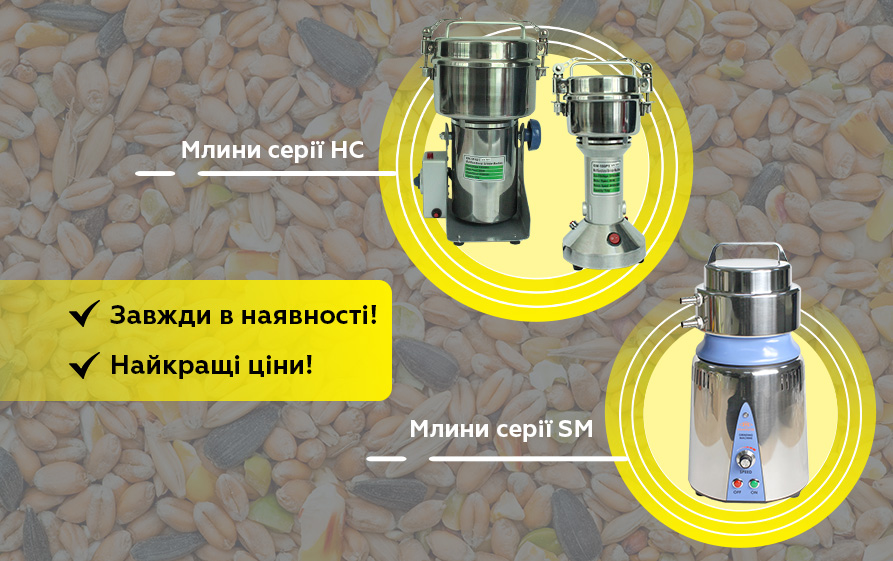Understanding Content Mapping: A Strategic Approach to Effective Content Creation
In today’s fast-paced digital world, where information overload is a common challenge, businesses and content creators are constantly looking for ways to create engaging and relevant content that resonates with their target audience. One of the most effective strategies to accomplish this is content mapping. This method involves aligning content with the needs, interests, and behaviors of the audience throughout their journey. In this article, we will delve into what content mapping is, its importance, and how you can leverage it to improve your content strategy.
What is Content Mapping?
Content mapping refers to the process of strategically planning, organizing, and delivering content at different stages of the customer journey. The goal is to ensure that the content aligns with the audience’s needs and preferences at each stage, guiding them smoothly from one step to the next until they make a purchase decision or take the desired action.
In essence, content mapping helps businesses create a personalized and targeted content experience that speaks directly to the audience’s pain points, questions, and motivations at various stages, from awareness to consideration and finally to decision-making.
Why is Content Mapping Important?
- Audience-Centric Approach: Content mapping allows businesses to better understand their audience’s needs, wants, and challenges. By mapping content to these elements, companies can create more relevant and meaningful experiences, increasing the likelihood of engagement.
- Improved Conversion Rates: By delivering the right content at the right time, content mapping ensures that prospects are nurtured through their journey, which can lead to higher conversion rates. Providing valuable content at the decision-making stage, for example, can tip the scales in favor of a purchase.
- Enhanced User Experience: Content mapping enhances the overall user experience by providing a seamless flow of information. Rather than overwhelming users with generic content, businesses can offer targeted solutions to the specific problems their audience faces at every touchpoint.
- Optimized Content Strategy: Content mapping helps identify gaps in your existing content strategy. It shows where additional content is needed and ensures that all stages of the customer journey are adequately covered, ensuring no prospect is left behind.
The Stages of the Customer Journey
To effectively map your content, you must understand the typical stages of the customer journey. These stages help you categorize content based on the needs and behaviors of your target audience at each step.
- Awareness Stage: In this phase, the customer is experiencing a problem or challenge but is unaware of potential solutions. The content here should focus on educating the audience and creating awareness of the issue. Examples of content for this stage include blog posts, educational articles, infographics, and social media posts that highlight the pain points and introduce the topic.
- Consideration Stage: Once the customer is aware of their problem, they begin to explore potential solutions. Content during this stage should provide more in-depth information and demonstrate the value of your product or service. Examples include case studies, white papers, eBooks, webinars, and comparison guides that help the audience evaluate their options.
- Decision Stage: In the decision stage, the customer is ready to make a choice. Content here should be focused on showcasing how your product or service is the best solution. This content should be persuasive and highlight key benefits, testimonials, product demos, and clear calls to action (CTAs).
- Post-Purchase Stage: Content mapping doesn’t stop once a customer has made a purchase. The post-purchase stage involves nurturing existing customers to encourage loyalty, repeat purchases, or referrals. Examples of content here include customer onboarding materials, FAQs, loyalty programs, and follow-up emails that ensure customers continue to engage with your brand.
How to Create a Content Map
Creating a content map requires a strategic approach. Here’s how you can go about it:
- Define Your Target Audience: Understand who your audience is and segment them based on factors like demographics, behaviors, needs, and pain points. This step helps tailor content to different audience types.
- Understand the Customer Journey: Break down the customer journey into stages and identify what your audience is looking for at each stage. This will help guide your content creation.
- Audit Existing Content: Review the content you’ve already created. Identify gaps and areas where content needs to be enhanced or created. Make sure to evaluate your content’s performance and see how well it resonates with your audience.
- Map Content to Stages: Once you understand your audience and the customer journey, begin mapping content to the respective stages. Ensure that each piece of content serves a purpose and helps move the prospect closer to making a decision.
- Create Content: Produce new content where needed, making sure to focus on quality, relevance, and value. Align your content with user intent and preferences to increase engagement.
- Measure and Optimize: Track the performance of your content across all stages. Use analytics tools to measure engagement, click-through rates, and conversion rates. Continuously optimize your content map based on these insights.
Tools for Content Mapping
There are several tools available to help with content mapping, including:
- Trello or Asana – For organizing and visualizing your content map.
- HubSpot – A robust CRM tool that offers content mapping features to guide prospects through the sales funnel.
- CoSchedule – Helps streamline content scheduling and planning with templates and analytics.
- Content Strategy Templates – Available in various content management tools to provide structure for content planning.














Post Comment